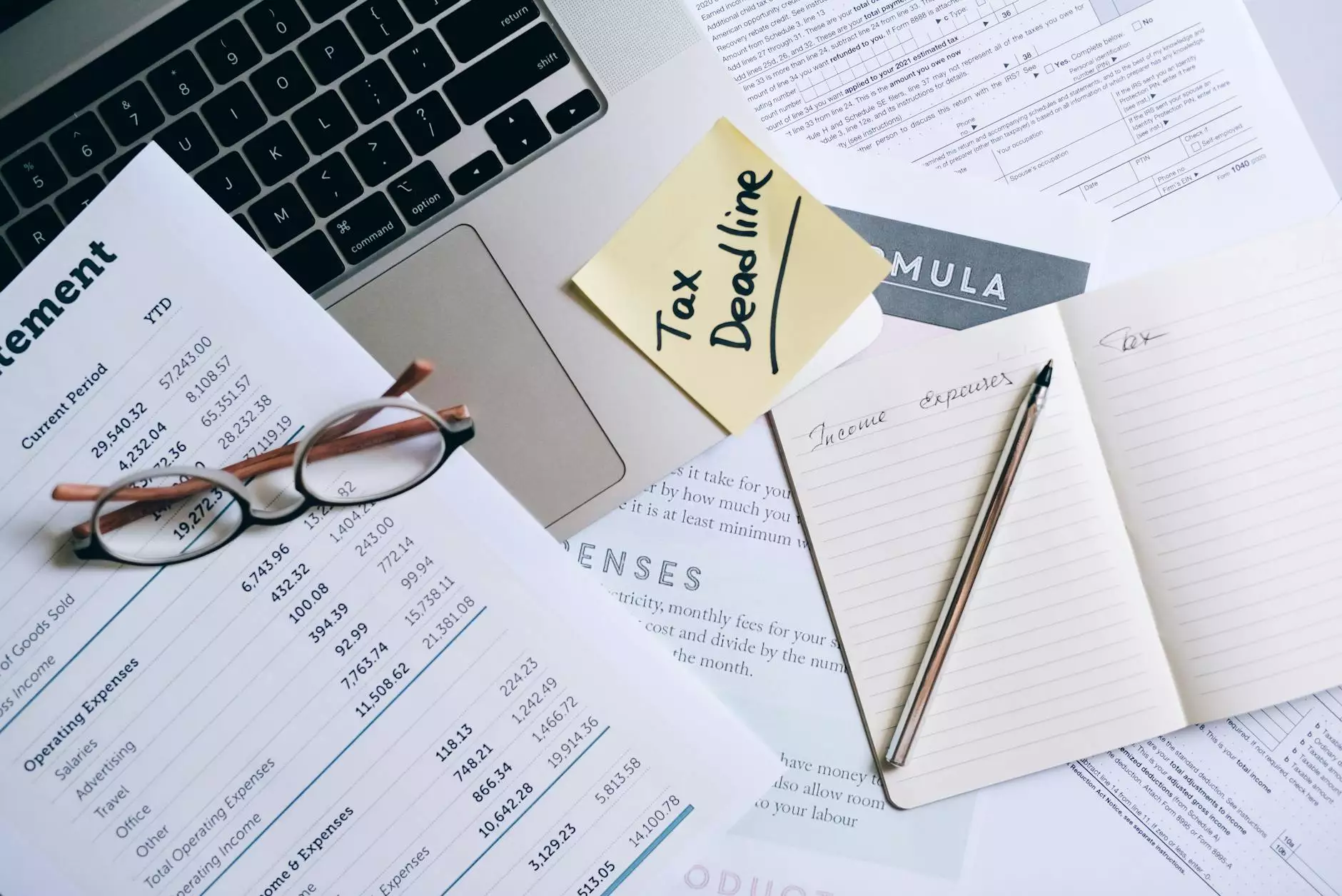How Do You Buy Amazon Returns? A Comprehensive Guide to Maximizing Your Investment

Understanding Amazon Returns
In the world of e-commerce, Amazon stands out as a giant, offering millions of products to consumers worldwide. However, with such a vast marketplace comes a significant volume of returns. Many customers return products due to various reasons, such as receiving the wrong item, dissatisfaction with the product, or simply changing their minds. These returned items can be a treasure trove for savvy resellers looking to capitalize on the resale market.
Why Buy Amazon Returns?
Purchasing Amazon returns can be a lucrative venture for several reasons:
- Cost Efficiency: Returns are often sold at a fraction of their retail price, allowing you to acquire products at significantly reduced costs.
- Diverse Product Range: You can find a wide variety of items, from electronics to clothing, which can cater to different market needs.
- Potential Profit Margins: Reselling these items at market value can yield substantial profit margins, especially if you find products in excellent condition.
How Do You Buy Amazon Returns? Step-by-Step Guide
If you're interested in purchasing Amazon returns, here's a detailed, step-by-step guide to help you navigate the process effectively.
Step 1: Research Resale Marketplaces
Before diving into purchases, it's crucial to research various platforms where Amazon returns are sold. The most popular platforms include:
- Liquidation.com: A well-known platform for buying bulk returns, liquidation, and surplus inventory.
- Via Trading: Offers a variety of wholesale and liquidation merchandise, including Amazon returns.
- B-Stock Solutions: Specializes in liquidation auctions, offering returned and excess merchandise from various retailers.
- Global Pallet Sales: A reputable supplier for purchasing Amazon returns and surplus merchandise.
Step 2: Determine Your Budget
Before purchasing, establish a clear budget. This not only includes the cost of the returns but also shipping, additional fees, and potential repairs for items that may need refurbishment. Having a budget will ensure that you do not overspend and can maintain a profitable business model.
Step 3: Understand the Auction Process
Many platforms operate on an auction basis. You will need to understand how to place bids, and set reminders for when auctions are ending to increase your chances of winning lots at a reasonable price. Remain cautious and avoid bidding wars that can drive prices beyond profitability.
Step 4: Assess Lot Quality
When selecting lots, look for bulk returns that provide transparency regarding the condition of the items. Many platforms provide manifest lists detailing what products are included, their condition, and their retail prices. Make sure to assess the quality to ensure worthwhile purchases.
Step 5: Place Your Order
Once you’ve found the right lot, it’s time to make your purchase. Ensure that you review the shipping terms and additional fees before confirming your order.
Step 6: Inspect Your Purchase
Upon receiving your shipment, inspect the items thoroughly. Check for damages and functionality, as some items may not be in the condition described in the manifestation. This is crucial for determining your next steps regarding resale.
Step 7: Prepare for Resale
After inspection, it's time to prepare your products for resale. Clean, refurbish, and package items appropriately. Consider using photography to enhance listings if you plan to sell on platforms like eBay or Amazon itself.
Tips for Success When Buying Amazon Returns
To ensure the best outcome when venturing into the Amazon returns market, consider the following tips:
- Stay Updated: Keep yourself informed about market trends and popular products that tend to sell well.
- Build Relationships: Form connections with other resellers and suppliers; networking can lead to better deals and insights into successful strategies.
- Utilize Social Media: Market your resold products through various social media platforms to gain visibility and attract potential buyers.
- Educate Yourself: Continuously learn about e-commerce, sales strategies, and the specific market you're entering to remain competitive.
Common Challenges and How to Overcome Them
While buying Amazon returns can be profitable, it is not without challenges. Here are some common pitfalls and ways to avoid them:
1. Misleading Descriptions
Sometimes, lots may be misrepresented, leading to disappointment. To overcome this, always rely on platforms that are reputable and provide verified manifests.
2. Unsold Inventory
Not every item will sell immediately. To manage unsold inventory, consider seasonal trends and explore various marketing channels to increase visibility.
3. Shipping and Return Costs
Extra costs can eat into your profits. Factor these costs into your pricing strategy to ensure they’re covered.
Final Thoughts on Buying Amazon Returns
Buying Amazon returns is not just a way to find great deals; it can be the start of a successful reselling business. By understanding the market, using proper strategies, and staying informed about best practices, you can turn returned items into profitable ventures.
For more resources and deals on purchasing Amazon returns, visit Global Pallet Sales. Equip yourself with the knowledge and tools necessary to thrive in this dynamic market.









